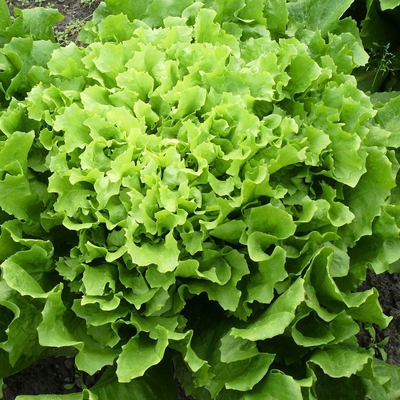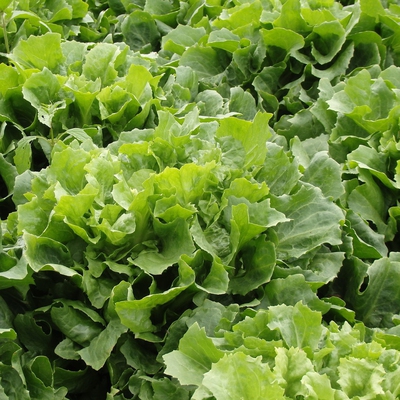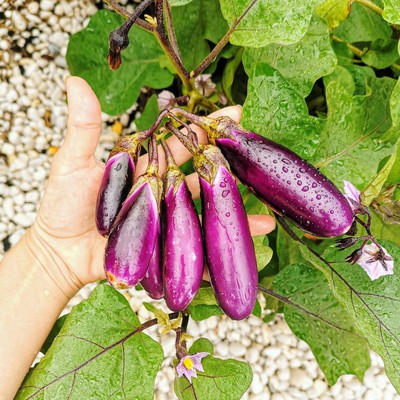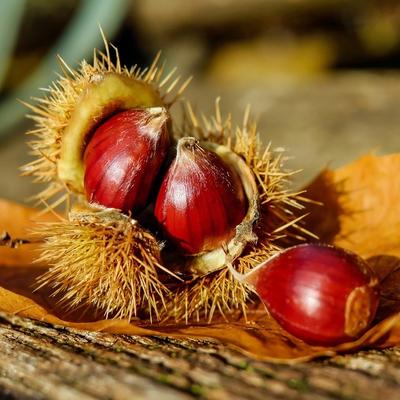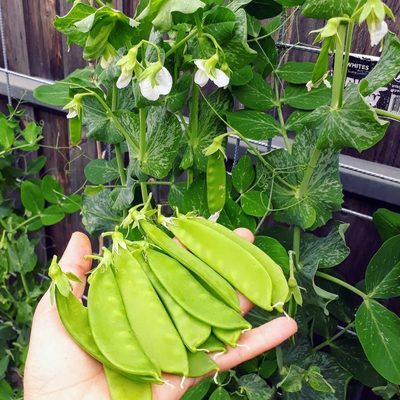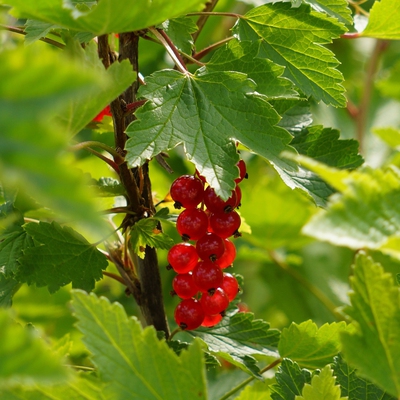Learn how to grow Endive with this easy to follow guide. Get tips on sun requirements, planting, fertilizing, harvesting and more!
 Soil
Soil
What soil is good for Endive?
Endive requires moist soil with plenty of compost dug in.
 Position
Position
How much sun does Endive need?
Plant Endive in full sun to part shade.
 Frost Tolerant
Frost Tolerant
Is Endive frost tolerant?
Yes, Endive will tolerate light frost. In fact, light frost enhances its flavour.
 Spacing
Spacing
How much space does Endive need?
Plant Endive roughly 25cm apart.
 Planting
Planting
When should I plant Endive?
Endive is a cool season crop, which is usually planted in autumn through to spring.
Endive is best planted at soil temperatures between 15°C and 25°C, however seeds are cold hardy and will still germinate in soil temperatures as low as 2°C.
If transplanting seedlings, plant out in the early morning or evening and/or on an overcast day. Avoid planting at peak sun times or on windy days, this will allow your plants to settle in comfortably and protect them from windburn and sunburn.
 Feeding
Feeding
What do I feed Endive?
Endive are generally not heavy feeders, however if plants seem to be struggling use a light application of organic fertiliser.
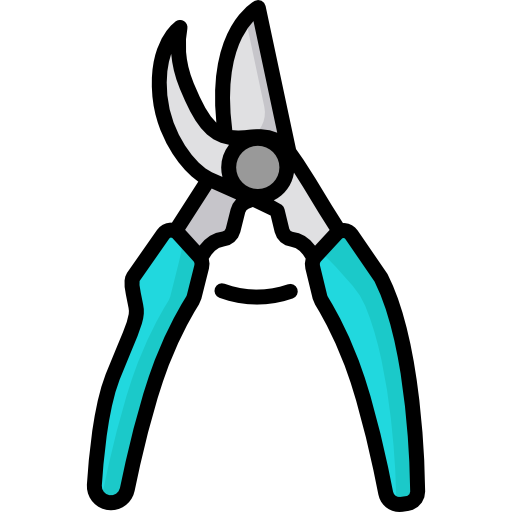 Harvesting
Harvesting
When can I harvest Endive?
Harvest the outer leaves as required for a continuous supply throughout the season.
 Pests
Pests
What pests does Endive get?
Pests that can affect Endive include: Aphids, Cutworm, Slugs, Snails, Leafhopper, Grasshopper, Armyworm, Flea Beetles, Grasshoppers, Leafminers, Thrips, Weevils, Darkling Beetles, Crickets, Corn Earworm, Earwig.
 Diseases
Diseases
What diseases does Endive get?
Diseases that can affect Endive include: Brown Spot, Downy Mildew, Damping Off, Black Rot.
 Notes
Notes
Is there anything else I need to know about Endive?
Keep soil moist, particularly if temperatures exceed 24°C.
Excluding your Endive plants from light for a few days before harvest can improve their flavour, making the leaves less bitter.
